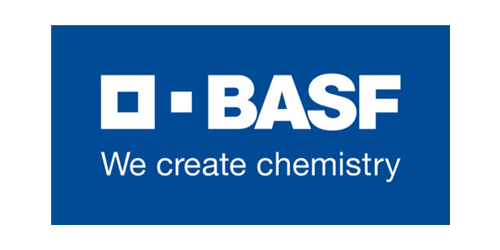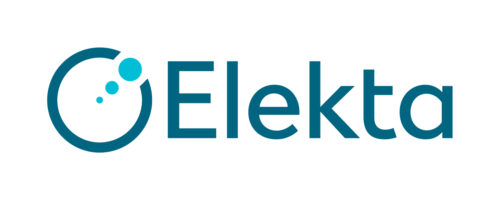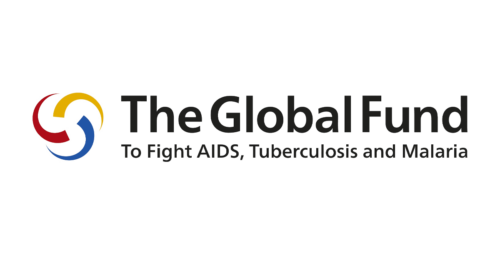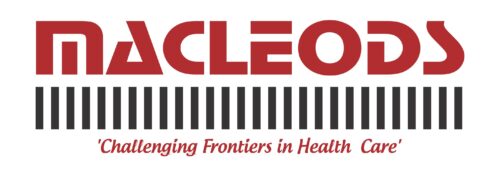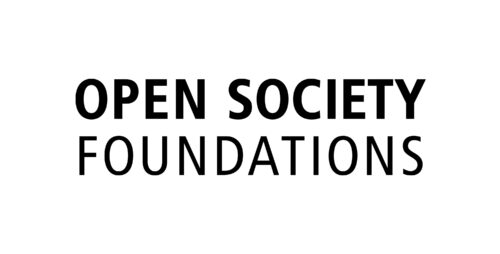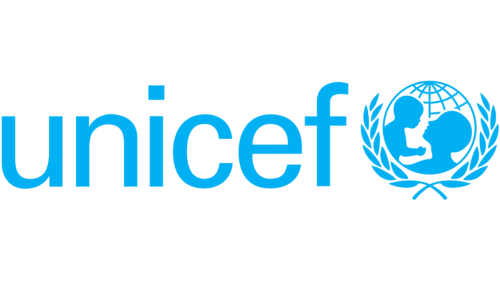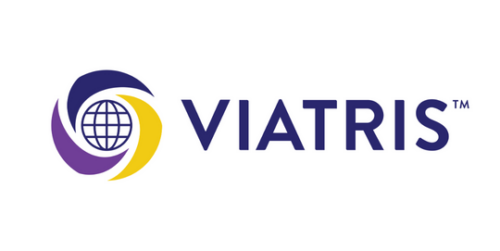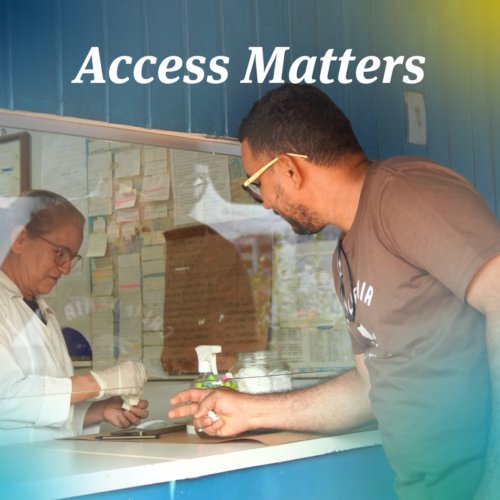HIV viral load testing: “If we could test more often, we would”
by Laura Mundy, External Relations Associate
1 December 2021 | Insight
HIV viral load testing is the best way for doctors to know if the treatment they prescribe is effective. But access to viral load testing technology is far from equal.
Effective HIV care depends on patients being on the right treatment. And HIV viral load testing is the best way for doctors to know if the treatment they prescribe is effective.
However, multiple barriers prevent viral load testing technology from reaching people in countries where the HIV epidemic remains a serious health threat. Our volume guarantee for Hologic’s viral load testing platform helps to address that.
Inequalities in healthcare access
New HIV infections around the world remained stubbornly high at 1.5 million in 2020, three times the UNAIDS 2020 Fast-Track target of 500,000. And COVID-19 threatens to further derail progress on curbing the HIV epidemic. It is more important than ever to ensure every person living with HIV receives regular viral load tests to monitor their health.
Our partnership with Hologic and the Clinton Health Access Initiative (CHAI) increases access to viral load testing for people living in underserved communities through Hologic’s Panther® platform. If the world is to end AIDS, we need to end inequalities in healthcare such as in access to viral load testing.
“It’s like walking around in the dark with a pair of scissors”
Dr. N Kumarasamy is an infectious diseases doctor with 25 years’ experience running the largest HIV programme in Chennai, India. He has worked on numerous HIV-related clinical trials and the validation process for many diagnostic and health management tools. Dr Kumarasamy explains why it is so important that doctors know a patient’s viral load.
“Not knowing a patient’s viral load is like walking around in the dark with a pair of scissors. You don’t know who you will cut. Without knowing the viral load, you don’t know if the drugs are working. And if you don’t know if the drugs are working, the patient may be unknowingly transmitting HIV to others.”
In India, 2.3 million people live with HIV. Current guidelines recommend all people diagnosed with HIV to be provided with treatment, regardless of their CD4 count, and that treatment should be initiated within a week of diagnosis. So, prevention programmes in India focus on treatment as prevention (TasP), which involves adherence counselling to ensure that patients take their HIV treatment and reach an undetectable viral load. If achieved, they will be unable to pass HIV to another person. This has significantly helped the HIV response across India by curbing onwards transmission.
“Knowing the viral load allows us to quickly change the antiretroviral therapy if it is not working, or to implement measures such as adherence counselling,” Dr. Kumarasamy explains. But around the world, access to viral load testing varies widely.
Barriers to viral load testing
In resource-limited communities, healthcare workers face multiple barriers to performing viral load tests for every person living with HIV. Dr. Kumarasamy shared some of the key issues affecting widespread viral load testing.
Equipment and maintenance costs
People need to have their viral load tested regularly. However, the equipment required is often expensive. The machines perform complex tests and therefore are technologically advanced. In addition to the machines, the tests, the maintenance, and the human resource need budgeting for.
Results delays
Dr. Kumarasamy describes reports of viral load test results not being available for four days, a week, or even 10 days in some clinics. The patients may then have to wait until their next six-monthly appointment to receive the results and discuss with the doctor whether they are on the correct treatment. This causes a backlog in testing capacity.
People need to be tested regularly
To know whether treatment is working, viral load testing needs to be conducted regularly, as Dr Kumarasamy explains:
“We currently test a patient’s viral load at treatment initiation, six months later, and then annually. If we could test patients’ viral loads every other month, at three months, and at six months, we would, as this would give the best indication of a patient’s health.”
How Hologic’s Global Access Initiative is expanding access to viral load testing
Hologic’s Panther machines enable laboratory technicians to constantly feed in samples, so there is no need to either wait for a full load of tests or while a half load processes. As a result, they can process many more viral load tests than they could before with older machines, delivering results much more quickly.
Our volume guarantee for Hologic enabled the company to provide the world’s first multi-country all-inclusive pricing offer through its Global Access Initiative. This simplified the purchasing process, and provided greater price clarity and transparency, encompassing critical aspects such as the platform itself, reagents, chemicals, repairs, and staff training. The beauty of the Hologic agreement is that the price is ‘all in’, a move that others have since followed. This is not only a reduction but also gives countries greater visibility on the costs.
Since the launch of the guarantee, 11 countries in Africa have increased access to viral load testing thanks to installations of the Panther platform. There were 12 more platforms installed in 2020. In total, 445,000 people have experienced improved clinical outcomes as a result of having their viral load tested on a Panther machine. And $18 million was saved by purchasers of the machines, thanks to the price reduction.
The role of viral load testing in reaching global goals
World leaders have signed up to the ambitious 95-95-95 targets to get back on track to ending the HIV epidemic. Dr. Kumarasamy is clear about what needs to be done: “We need to perform lots of testing. And we need the medication supply to enable us to put everyone on treatment and prevent onwards transmission to others.”
About our partnership with Hologic
In July 2018, we launched a partnership with Hologic and CHAI to reduce the price of viral load testing for HIV and viral hepatitis, and diagnostic testing for human papillomavirus (HPV), improve patient access to high-quality tests, and shift the market towards all-inclusive procurement. Implementation of the volume guarantee began in 2019.
Related news
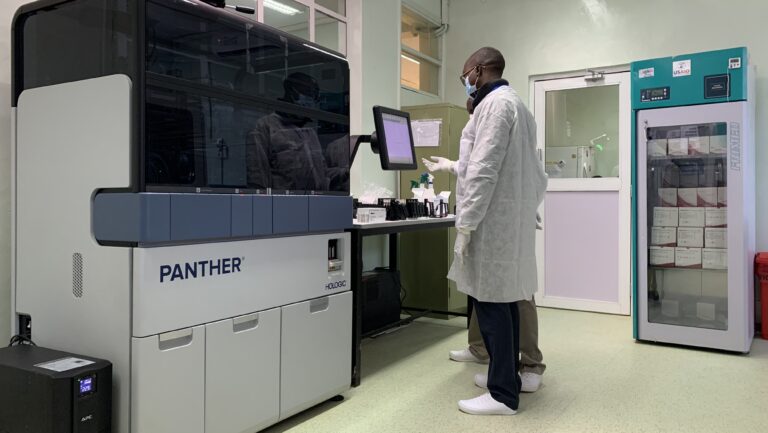
30 November 2020
Viral load testing: the key to tackling the HIV epidemic
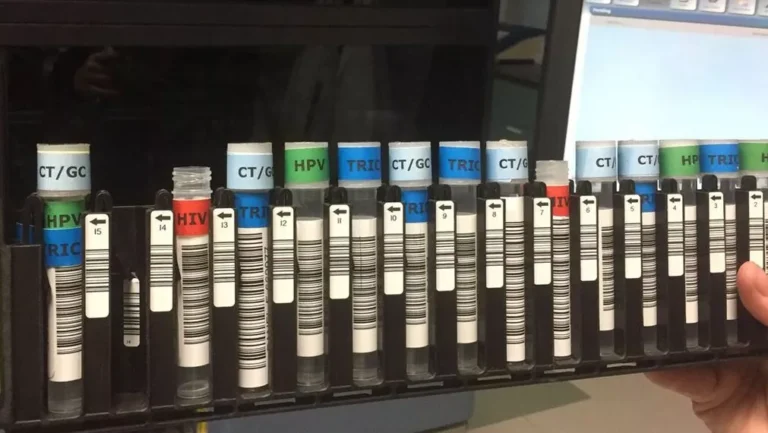
13 November 2018
Importance of HIV tests in global AIDS fight

25 July 2018
